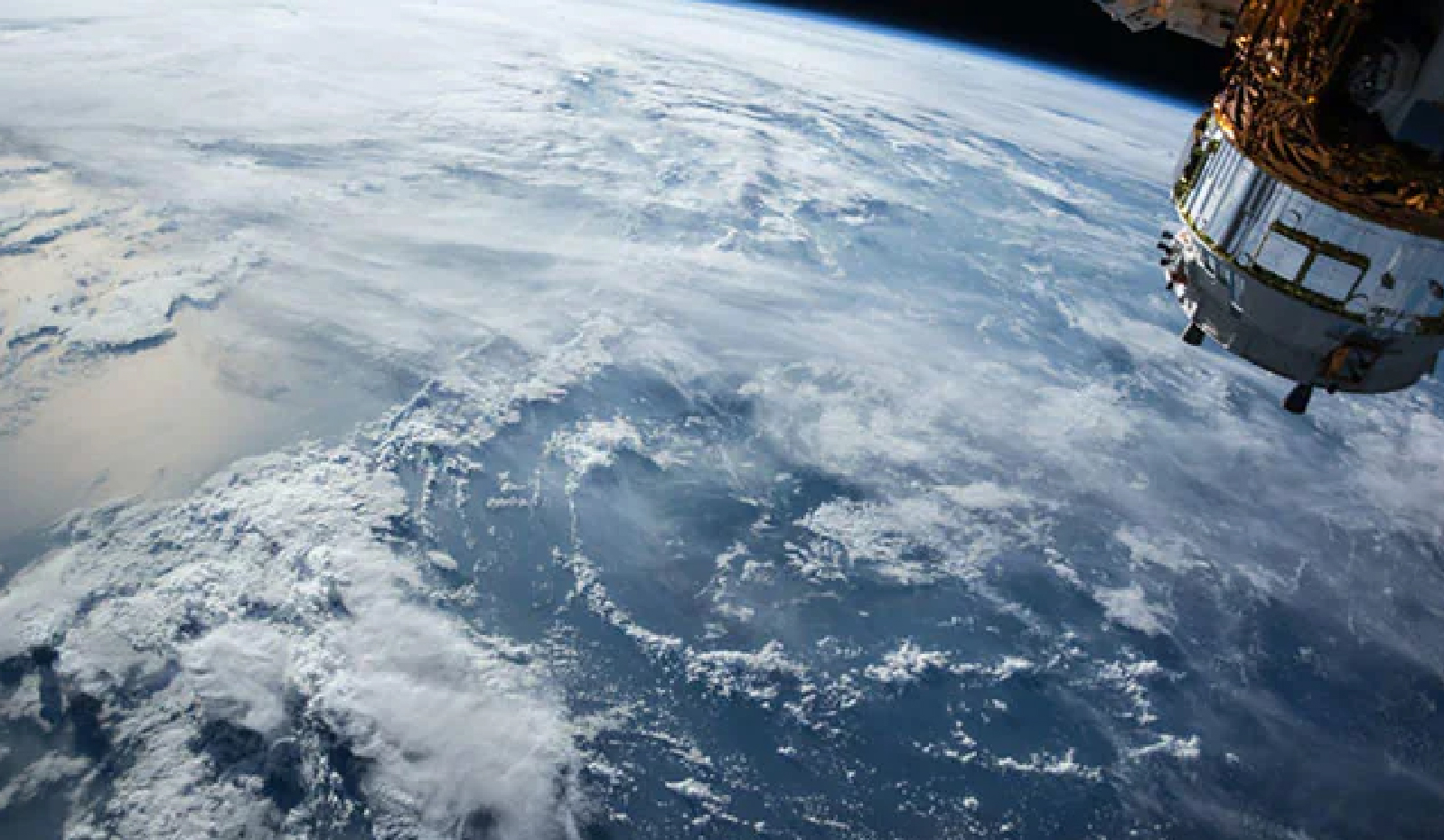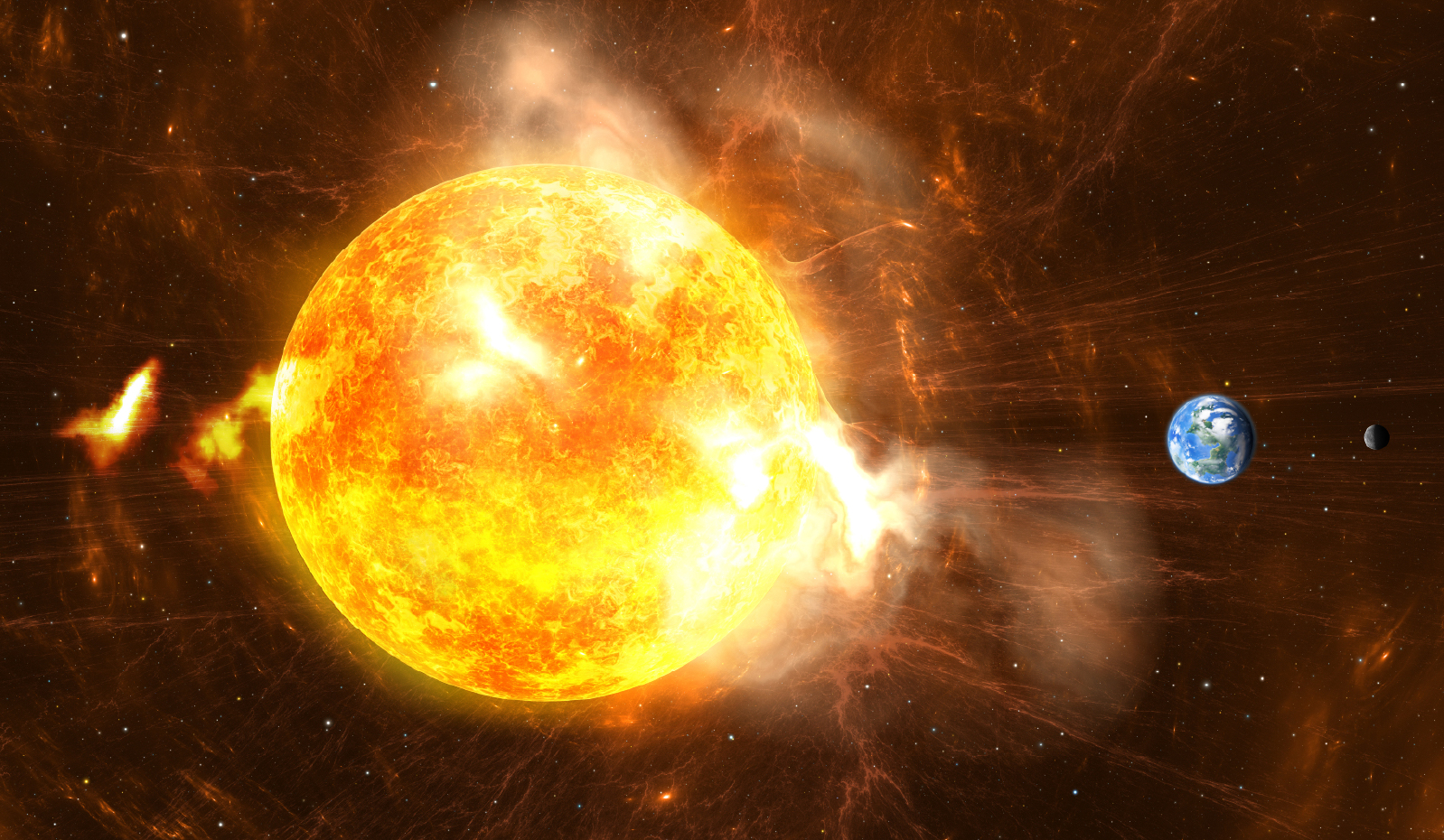Starlink has lost 523 satellites from 2020 to 2024, the years associated with the peak of Solar Cycle.
- Solar cycle is an approximately 11-year cycle that tracks the rise and fall of activity on the Sun's surface.
- This cycle affects the Sun’s magnetic field, solar flares, coronal mass ejections (CMEs), and the overall "space weather".
- Geomagnetic storms caused by Sun's eruptions increased atmospheric drag, causing satellites to re-enter faster than expected.
- These lost satellites have raised concerns about atmospheric pollution and space Debris/Junk.
Space Debris and Its Status:
- Space debris is defined as all non-functional, man-made objects, including fragments and elements thereof, in Earth orbit or re-entering into Earth's atmosphere.
- Space debris objects larger than 1 cm in size (Large enough to be capable of causing catastrophic damage) is estimated to be over 1.2 million (ESA Space Environment Report 2025).
- Key Sources: Majority of debris objects originate from on-orbit break-ups as well as on-orbit collisions.
- Potential Consequences: It can damage satellites, disrupt communication and navigation systems, and potentially endanger astronauts.
- Additionally, space debris can contribute to Kessler Syndrome, a theoretical scenario where collisions generate more debris, making certain orbits unusable.
Initiatives Taken to tackle Space DebrisGlobal
India
|







